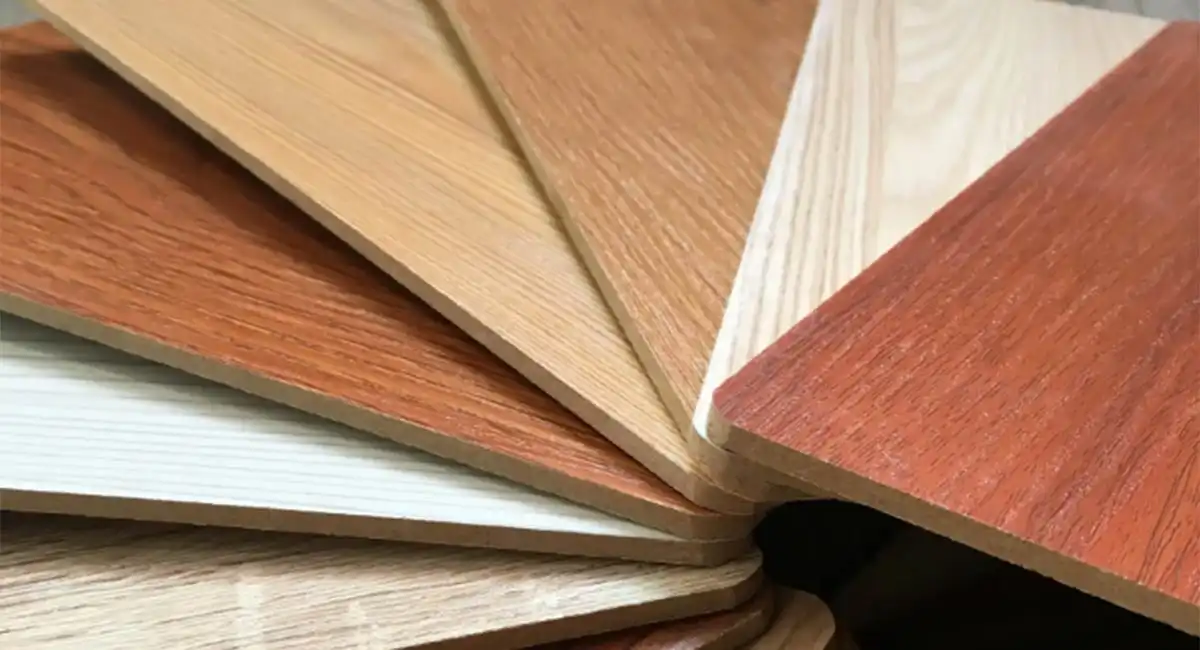In the ever-evolving world of printing and design, the use of decorative base paper has become synonymous with high-end applications such as furniture laminates, interior decor, and specialty packaging. The process of printing on decorative base paper, however, is not without its unique set of challenges. In this article, we delve into the intricacies of these challenges, exploring the historical context, technological advancements, and innovative solutions that have shaped the industry.
-
Surface Characteristics:
Decorative base papers boast diverse textures, finishes, and coatings that enhance their visual appeal. From embossed patterns to smooth finishes, the variety is vast. Historically, achieving print consistency on such surfaces posed a significant challenge. Traditional printing methods struggled to adapt to the diverse surface characteristics, leading to issues like ink smudging and poor adhesion.
In recent years, advancements in ink technology and printing machinery have revolutionized this landscape. UV-curable inks, for example, offer improved adhesion and vibrant color reproduction, ensuring a harmonious marriage between intricate paper surfaces and print quality.
-
Ink Absorption:
The absorption rate of inks into decorative base paper is a critical factor influencing print quality. Historical challenges include the use of solvent-based inks that tended to be absorbed unevenly, resulting in color variations and diminished image sharpness. Water-based inks, while addressing some of these issues, brought their own set of challenges, such as longer drying times.
Modern printing has witnessed the rise of hybrid ink formulations, combining the best of both worlds. These inks provide optimal absorption, quick drying times, and reduced environmental impact, aligning with the industry’s growing emphasis on sustainability.
-
Color Consistency:
Maintaining consistent color across different batches of decorative base paper has been a persistent challenge. Historical records indicate that variations in paper composition, manufacturing techniques, and external factors could lead to noticeable discrepancies in color reproduction.
Cutting-edge color management systems, equipped with sophisticated software and spectrophotometers, now play a pivotal role in addressing these challenges. These systems ensure meticulous control over color parameters, facilitating consistent and accurate color reproduction across various printing runs.
-
Durability and Resistance:
Decorative base papers are often employed in applications where durability and resistance are paramount, such as furniture laminates. Historical challenges involved finding a delicate balance between achieving print quality and preserving the inherent qualities of the paper.
In the present day, advancements in printing technologies and the advent of specialty coatings have significantly enhanced the durability of printed decorative papers. These coatings provide resistance to moisture, light, and chemicals, ensuring the longevity of the final product in demanding applications.
-
Print Registration:
Precision in print registration is crucial, especially when dealing with intricate designs on decorative base paper. Historical printing methods often struggled with maintaining accurate alignment, leading to misregistration issues that impacted the overall aesthetics of the final product.
Digital printing technologies, equipped with high-precision registration systems, have largely addressed this challenge. These systems ensure that each color layer aligns precisely, resulting in sharp, detailed prints on even the most intricate decorative paper surfaces.
-
Print Speed and Drying Time:
Historically, finding the right balance between print speed and drying time was a delicate task. Slow-drying inks could lead to production bottlenecks, while fast-drying inks presented challenges related to print quality and ink adhesion.
Modern printing facilities leverage advanced drying technologies, including UV and LED curing systems. These systems allow for rapid ink curing, reducing drying times and enabling higher production speeds without compromising print quality.
-
Compatibility with Printing Equipment:
Different types of printing equipment interact differently with decorative base papers. Historical challenges involved the limited adaptability of certain printing methods to diverse paper types, leading to suboptimal results.
Today, manufacturers benefit from a range of printing options, each tailored to specific paper characteristics. Whether using offset, gravure, or digital printing, advancements in machinery and ink formulations ensure compatibility with various decorative base papers, expanding the possibilities for designers and manufacturers.
-
Environmental Considerations:
The printing industry is undergoing a paradigm shift towards sustainability. Historically, the use of solvent-based inks raised concerns about environmental impact, and waste from printing processes posed challenges in disposal.
Contemporary printing practices prioritize eco-friendly solutions. Vegetable-based and UV-curable inks, along with water-based coatings, contribute to a greener footprint. This shift aligns with the increasing demand for sustainable practices in the printing of decorative base papers.
-
Cost Considerations:
While striving for optimal print quality, manufacturers historically faced challenges in balancing costs. Specialized inks, coatings, and equipment can contribute to higher production expenses, impacting the overall cost-effectiveness of the printing process.
In the present landscape, advancements in manufacturing efficiency and the scalability of technologies have helped mitigate some of these cost challenges. The broader adoption of digital printing, for instance, allows for more flexible and cost-effective production runs, especially in the realm of customized and short-run printing.
The challenges in printing on decorative base paper have evolved over time, driven by a quest for perfection in aesthetics, durability, and sustainability. Historical hurdles paved the way for technological innovations that now define the modern printing landscape. As the industry continues to push boundaries, the marriage of decorative base papers and printing technologies promises a future where creativity knows no bounds.
Whether in furniture laminates, interior decor, or specialty packaging, the challenges of the past have become stepping stones toward a vibrant and visually stunning future.

